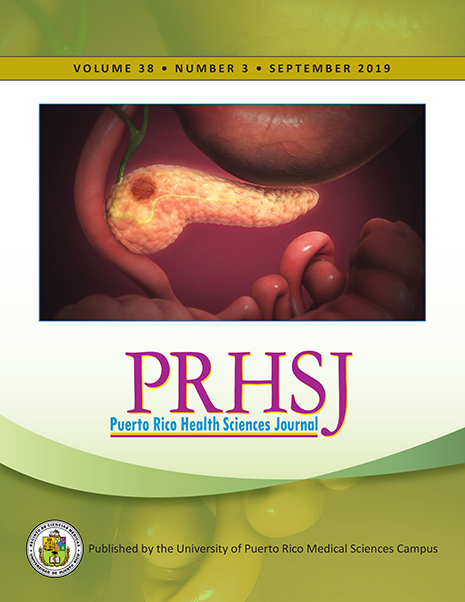Abstract
Objective: The aim of this study was to identify potential disparities between point-of-care testing (POCT) and laboratory hemoglobin A1c (HbA1c) reporting at a Federally Qualified Health Center (FQHC). Methods: The electronic medical record was reviewed to identify POCT HbA1c done at a FQHC and centralized laboratory venous HbA1c performed on the same day. Manual data extraction was used to identify potential variables that could account for disparities between POCT and laboratory testing. Results: A total of 42 samples in 40 patients were identified. The median HbA1c difference was 1.5 mmol/mol (0.15%) and ranged from -26 to 52 mmol/mol (-2.4 to 4.8%). Of the patients in the study, two had underlying comorbidities that could affect the POCT HbA1c. Conclusion: Point-of-care HbA1c testing should not be used in solidarity to diagnosis pre-diabetes and diabetes. When using HbA1c results to guide therapy, self-monitoring of blood glucose and symptoms of both hypo- and hyperglycemia should be correlated to help determine appropriate therapy.
Authors who publish with this journal agree to the following terms:
a. Authors retain copyright and grant the journal right of first publication with the work simultaneously licensed under a Creative Commons Attribution License that allows others to share the work with an acknowledgement of the work's authorship and initial publication in this journal.
b. Authors are able to enter into separate, additional contractual arrangements for the non-exclusive distribution of the journal's published version of the work (e.g., post it to an institutional repository or publish it in a book), with an acknowledgement of its initial publication in this journal.
c. Authors are permitted and encouraged to post their work online (e.g., in institutional repositories or on their website) prior to and during the submission process, as it can lead to productive exchanges, as well as earlier and greater citation of published work (See The Effect of Open Access).
